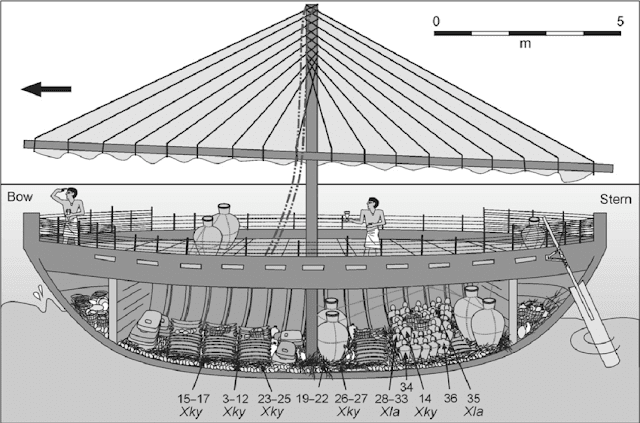2023-04-14
The populations of the Greeks, Romans, and Celts emerged during the 8th century BCE.
The ancient Greeks are known for worshiping a pantheon of gods and goddesses who were believed to have control over various aspects of life. Some of the most well-known Greek gods and goddesses include Zeus, Hera, Athena, Apollo, and Aphrodite. The exact nature of Greek religion varied between different regions and time periods, with different gods and goddesses being emphasized in different contexts.
The Romans also practiced a polytheistic religion, which was heavily influenced by earlier Greek religion. Some of the most important Roman gods and goddesses included Jupiter, Juno, Venus, Mars, and Mercury. As with Greek religion, the precise nature of Roman religion varied over time and between different regions.
The Celts, for their part, are known to have practiced a variety of different religious beliefs and practices, which were heavily influenced by earlier indigenous religions of Europe. Celtic religion was characterized by a belief in supernatural beings, including gods and goddesses, as well as various spirits and otherworldly entities. The exact nature of Celtic religion varied greatly between different regions and tribes, with different gods and goddesses being emphasized in different contexts.
Invasion of Egypt by Assyrians.
In terms of Greek mythology, the chronological order of gods would be: the primordial deities (such as Chaos and Gaia), the Titans (Cronus), and then the Olympians (Zeus).
Gaia was seen as the personification of the earth and was often associated with the sky god Uranus. Together they had twelve children who ruled the world before being overthrown by their own children, the Olympians.
Both Tiamat and Chaos were both considered primordial deities in their respective mythologies. Tiamat gave birth to the gods and monsters of Babylonian mythology, while Chaos was believed to be the source from which all other elements and beings were created in Greek mythology.
Anu and Cronus were both powerful sky gods in their respective mythologies. Anu was the father of the gods in Babylonian mythology. Cronos was the father of the Olympian gods, but he was also their greatest enemy.
Likewise, Antu was considered to be the mother of the gods in Babylonian mythology. Rhea was the mother of the Olympian gods.
Marduk shares some characteristics with the king of the Olympian gods Zeus.


